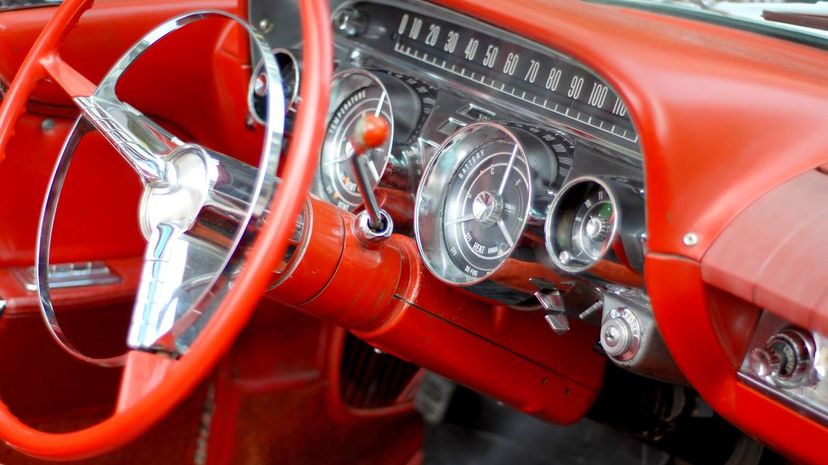
About This Quiz
From the inception of the idea that there was a mode of personal transport other than a horse, the automobile has come a long way. This idea all started in 1767 when Nicolas-Joseph Cugnot produced a vehicle propelled by steam. Over the next 120 years, there would be various self-propelled vehicles, but the first production automobile as we know it today wouldn't arrive until 1886. Carl Benz created what is considered to be the production motor car, although it ran on three wheels and produced 0.75 horsepower.
So clearly, a product can only advance so much before some parts need to be thrown by the wayside. Did you know, for instance, that before cars ran on rubber tires, they ran on steel rims? If you wanted to slow a car down during this period, you'd need to pull a lever which activated wooden block brakes. Now, if you want to call someone while on the move, you use your vehicle's inbuilt handsfree system, but have you ever used a CB radio?
You might have known some, maybe even all of the old components listed above. But do you know your automotive history well enough to identify each of these obsolete parts and ace this quiz? Find out now!
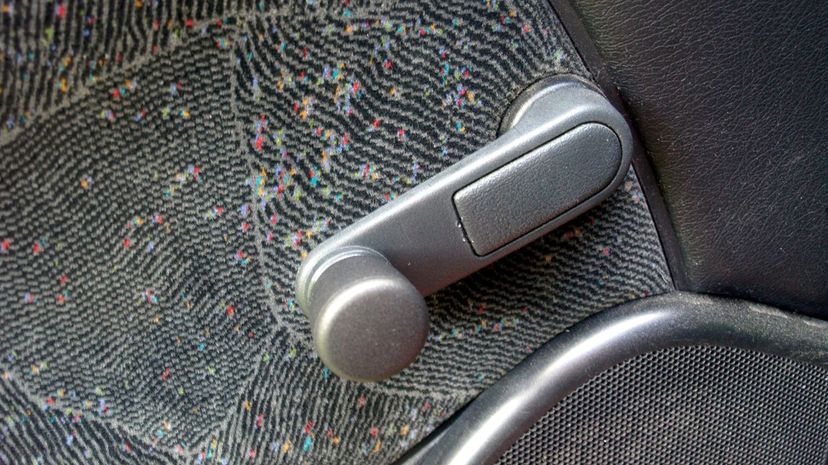
Electric motors replaced wind down windows on many high-end cars in the '80s. Now they're commonplace, although you might still find wind down windows on the doors of cheaper models, especially rear passenger doors.
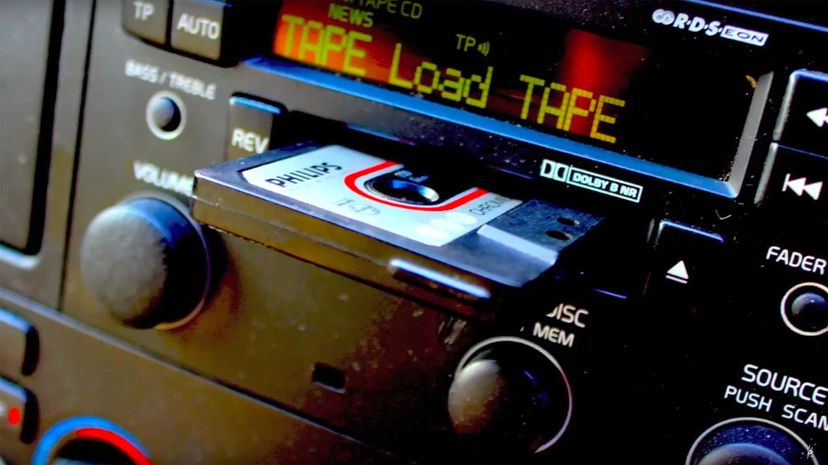
Tape cassette players replaced 8-track players during the '70s. But once CDs hit the scene, CD players replaced tape cassette players. Keeping up with the rate that automotive media systems change is no easy task.
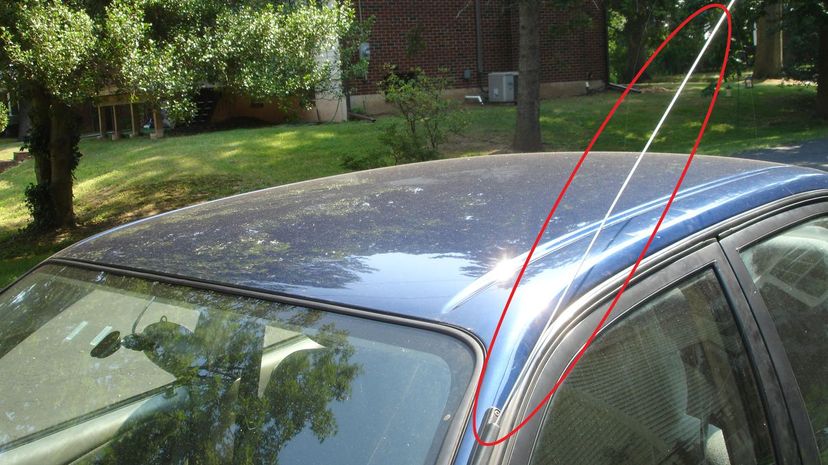
Gone are the unsightly, long metal antenna rods. These have been replaced by small fin-shaped antennas. That's one less thing to worry about when driving through a car wash.
Advertisement
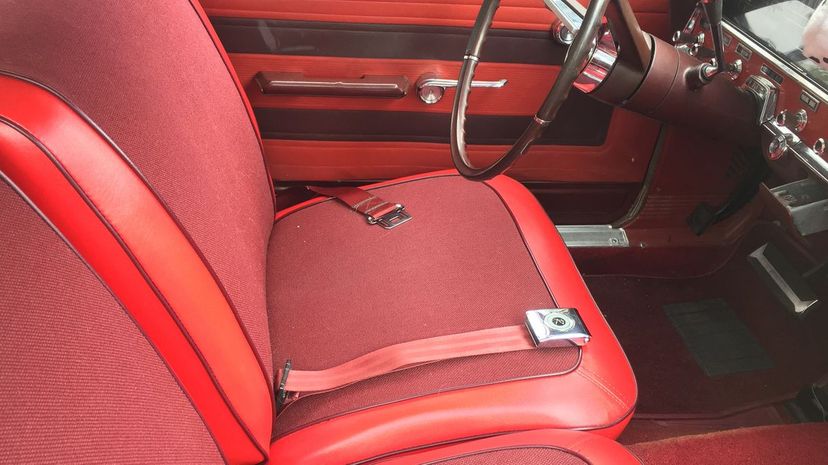
In some parts of the world, like Malaysia, for example, two-point seatbelts or lap belts are illegal. By and large, these belts aren't fitted to new cars even in parts of the world where they're legal. Instead, most cars are fitted with three-point seatbelts all around.
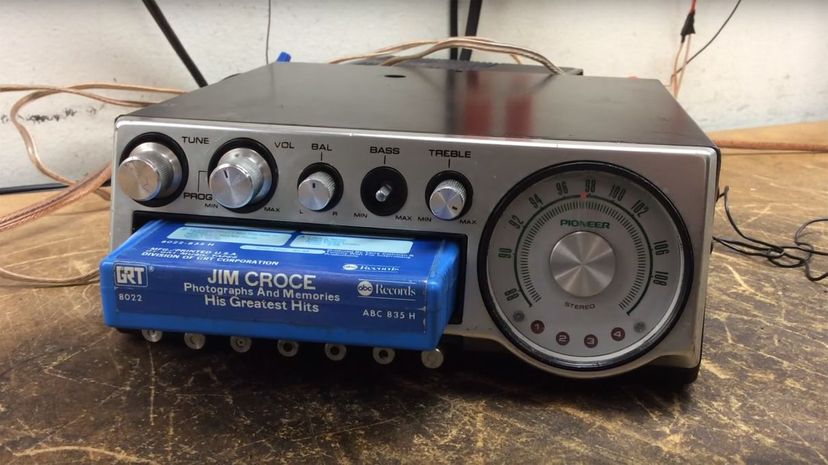
Cassette tape players dealt 8-track players a fatal blow in the '70s. But this was a fair demise, as cassette tapes were cheaper and more reliable than 8-track tapes.

With fewer and fewer people smoking than ever, many automakers have stopped putting cigarette lighters in cars. Instead, these have been replaced by 12V power outlets.
Advertisement
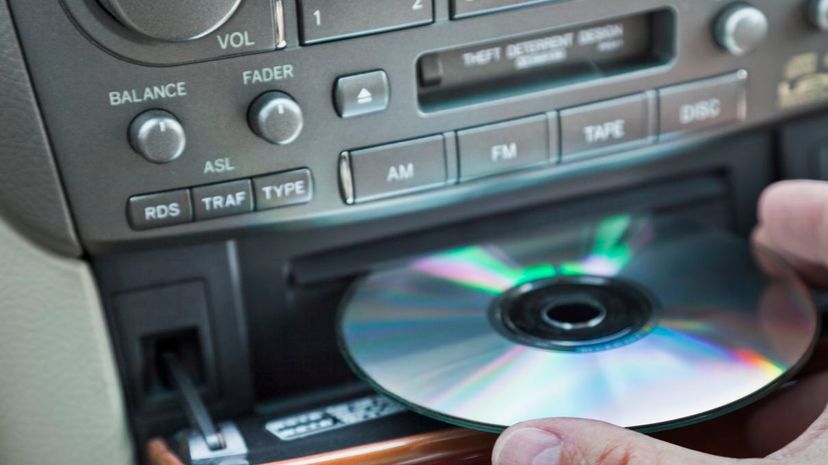
While some cars do still come with CD players, the number is decreasing. Bluetooth and aux inputs mean that people use their phones to play music through car speakers more and more.
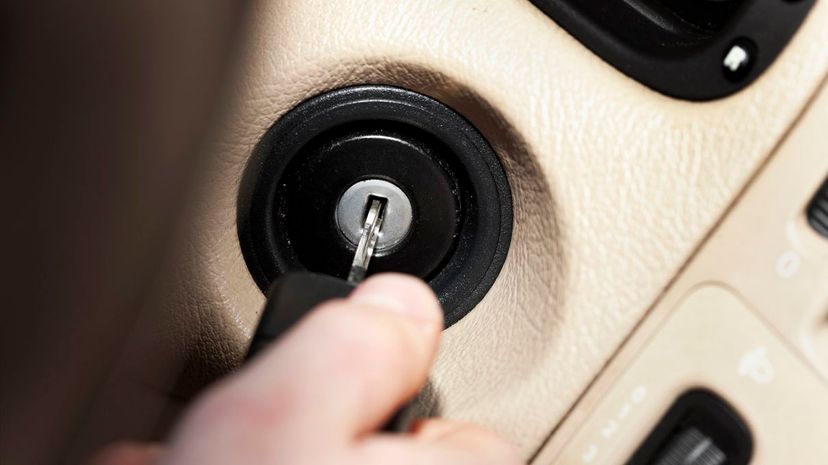
Back in the day, sticking your key in the ignition switch after getting into your car was second nature. Now, however, your car fob sends a coded signal to a receiver unit via radio waves, so all you need to do is push the "start" button.
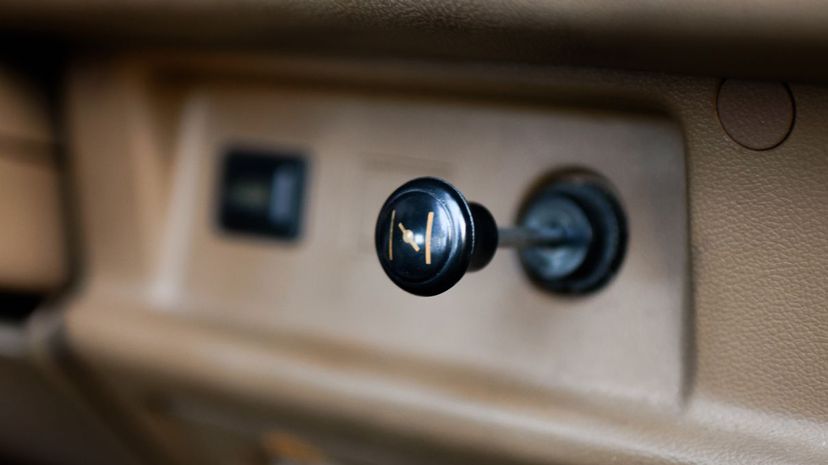
Chokes restrict the flow of air to carburetors, which enriches the air/fuel mixture. This would make it easier to start the engine in cold weather. Since carburetors aren't used anymore, chokes are obsolete.
Advertisement
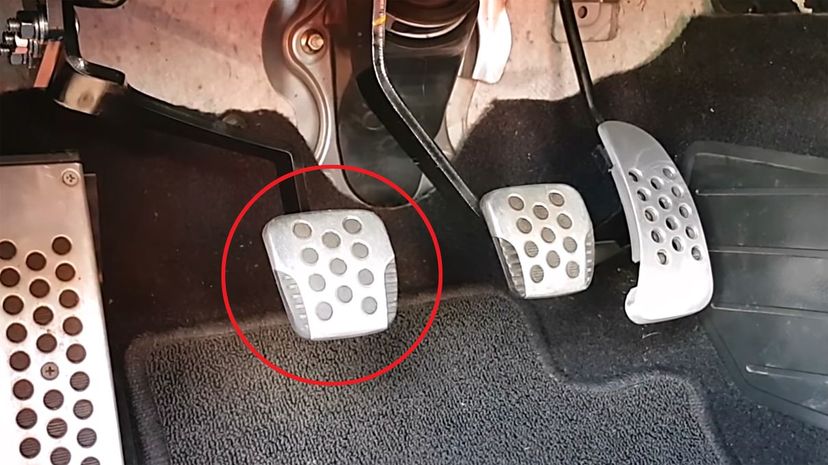
This example is more appropriate for cars which have traditionally been fitted with manual transmissions, rather than automatic. Cars with flappy paddle shifters still have clutches but, even if the driver wants to shift manually, they won't need to compress a clutch pedal: the clutch is engaged electronically.
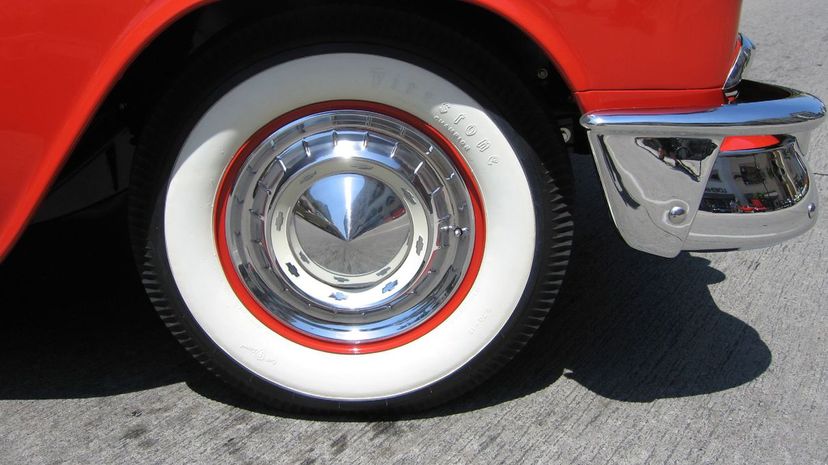
Tires used to be made from natural rubber, which was white, but carbon black rubber was still used where the tire came into contact with the road. This is because the black carbon rubber handled high temperatures better. Now, however, entirely black tires are available and commonly used.
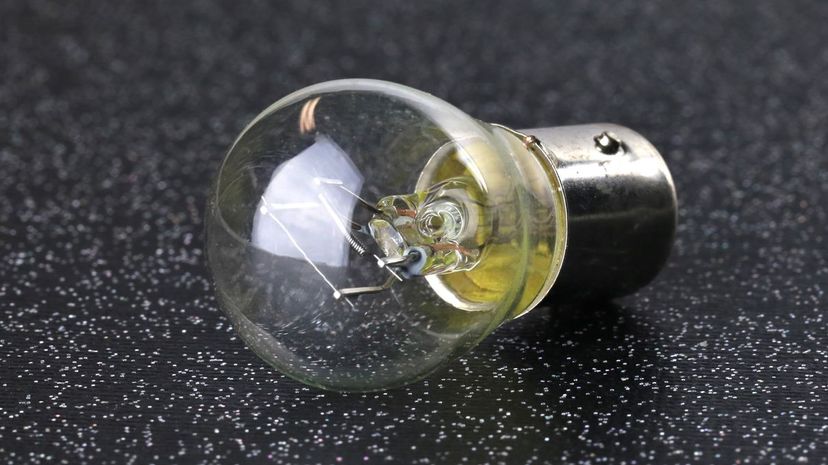
LED bulbs are quickly replacing halogen throughout the automotive industry. LED bulbs can be as bright as halogens while using 80-85% less power. LEDs also last 20-25 times longer than halogen bulbs.
Advertisement
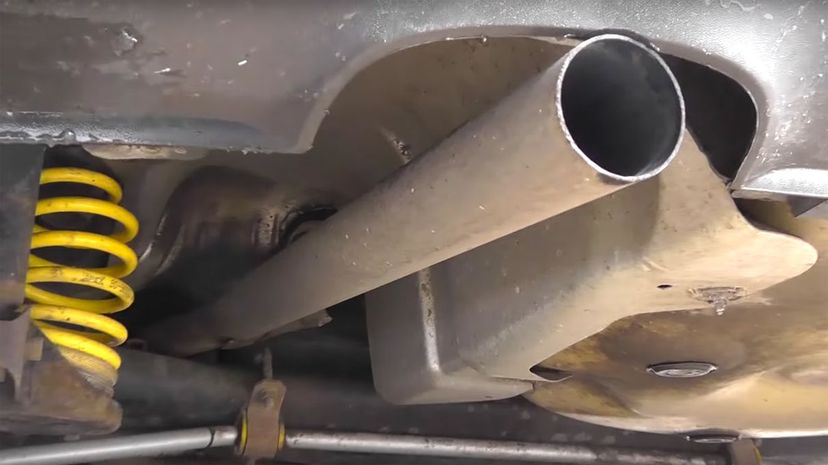
Once upon a time, waste gasses blew straight down the exhaust tailpipe. Now, however, exhaust systems are fitted with catalytic converters to reduce engine emissions. Unfortunately, they can sometimes produce a rotten egg-like smell while doing their job.
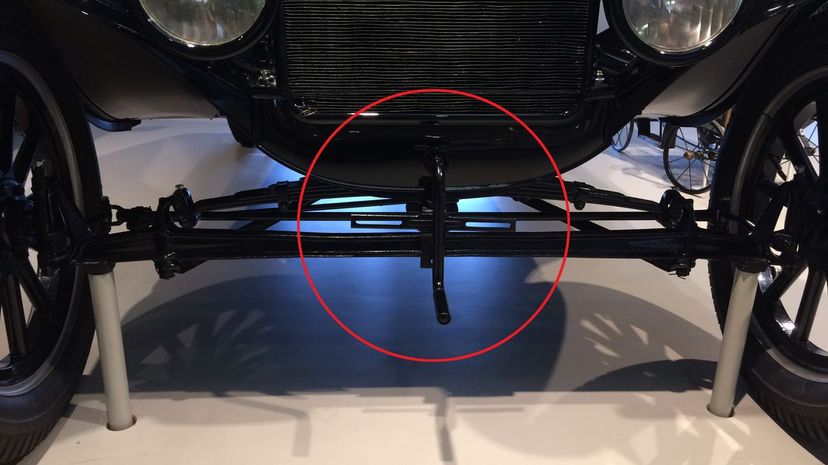
Now, a starter motor gets your engine going when you turn the key or press the engine start button. But, long ago, a hand crank was used for this purpose.
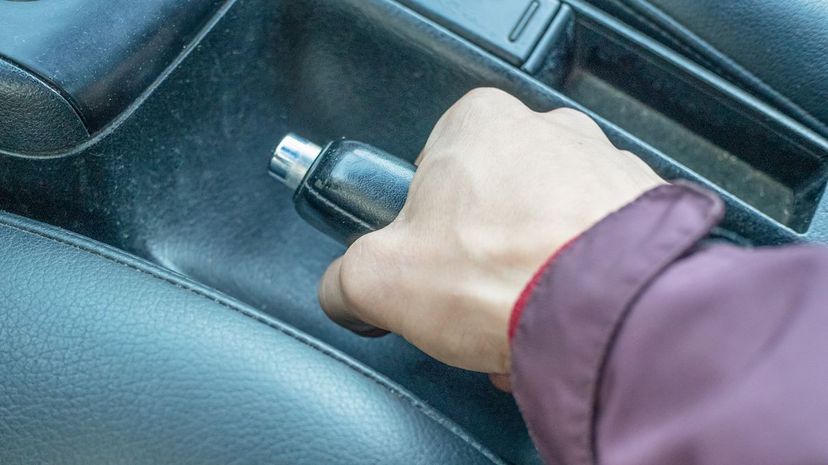
Cars still have parking brakes, but they're rarely operated via a handbrake anymore. An electronic parking brake button is now more commonly used to engage the parking brake.
Advertisement

The nickel silver keys we used to use to open car doors have since been replaced with key fobs. The fobs send a coded message to a receiver in your car, which unlocks the door as you approach it. Although many cars still have a physical backup key in case the fob breaks, is lost or runs out of battery.
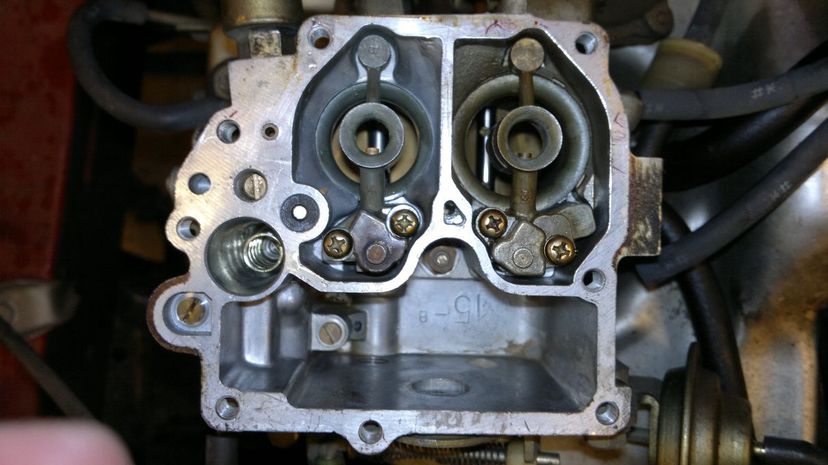
Carburetors used to be the primary way of mixing air/fuel for internal combustion engines. They were phased out during the '80s and '90s and replaced with fuel injectors.
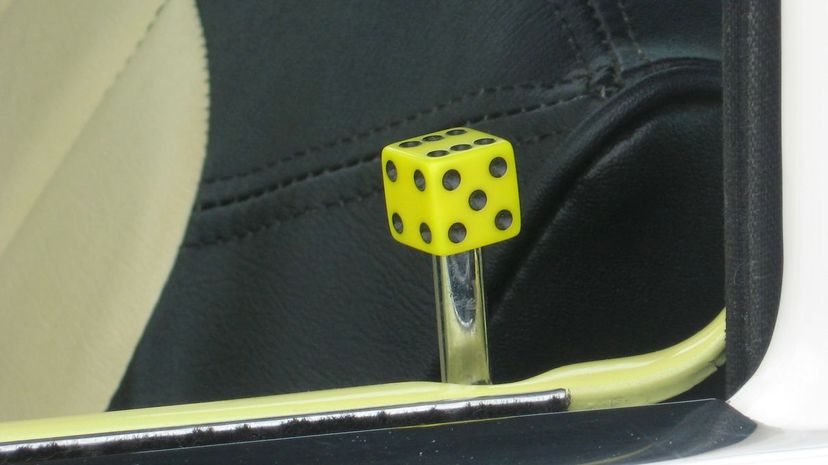
Years ago, the end of a family trip was usually signaled by "don't forget to lock your door." Now, however, thanks to central locking systems and electronic door lock buttons, mechanical door lock buttons are a thing of the past.
Advertisement

Fewer and fewer cars come fitted with ashtrays as standard. This makes sense when you consider that, in 2016, just 15.5% of Americans still smoked.
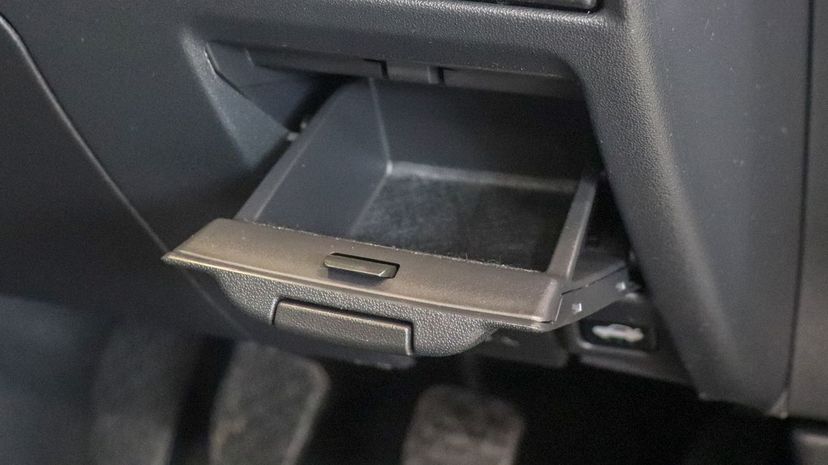
Like ashtrays, coin trays are also dispersing from car option lists. In a contactless world, fewer people carry cash, especially in the form of coins.
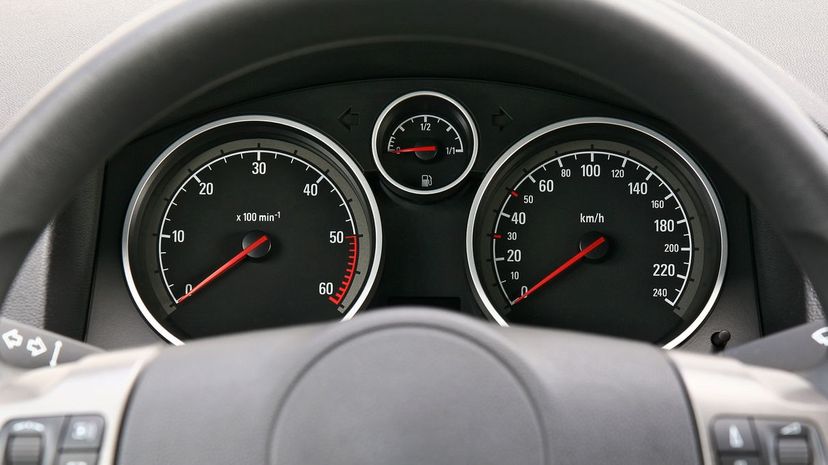
Analog gauges showing speed and RPMs were the norm for years. Now, however, this information is displayed through LCD screens, albeit usually in the classic dial format.
Advertisement
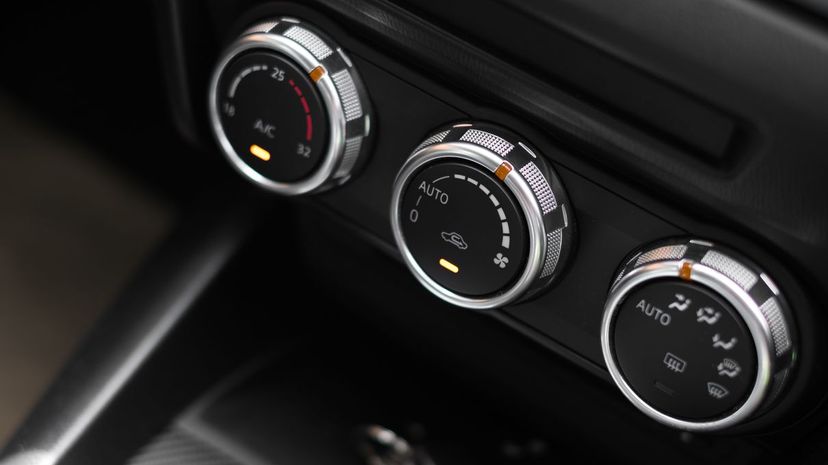
Everything from your car's air conditioning system to its radio was controlled by buttons and knobs. Now, however, most (if not all) functions on high-end, and even some mid-range, cars are controlled through touch-screens.
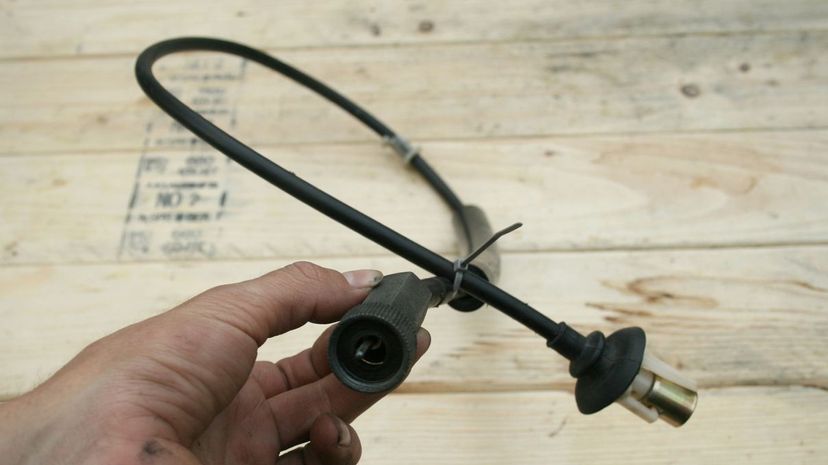
Speedometers used to operate via a cable and the use of magnets. Now, however, speedometers work through the use of rotation sensors in the transmission which measure the average rotational speed of the driveshaft.
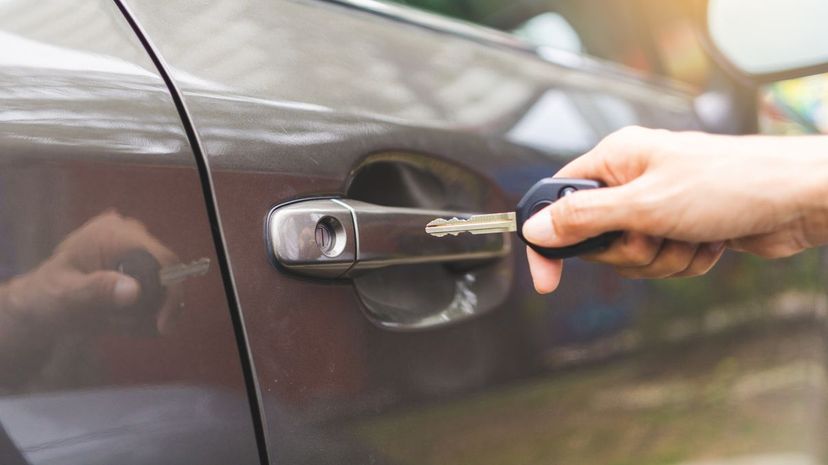
There used to be visible key slots on driver's, and sometimes passenger side, doors. Now, however, key fobs unlock the doors, so there's no need for the key slots. Some cars still have key slots for emergency use, but these are usually concealed in some way.
Advertisement
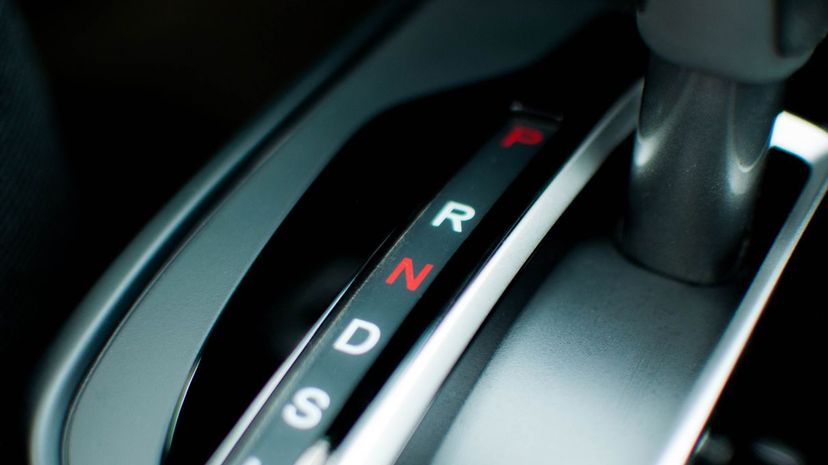
In an increasing number of automatic cars, the gear selector has been replaced with a knob that does the same job. In other cars, the selector has been replaced with buttons that select the gears. These changes have tidied up center consoles considerably.
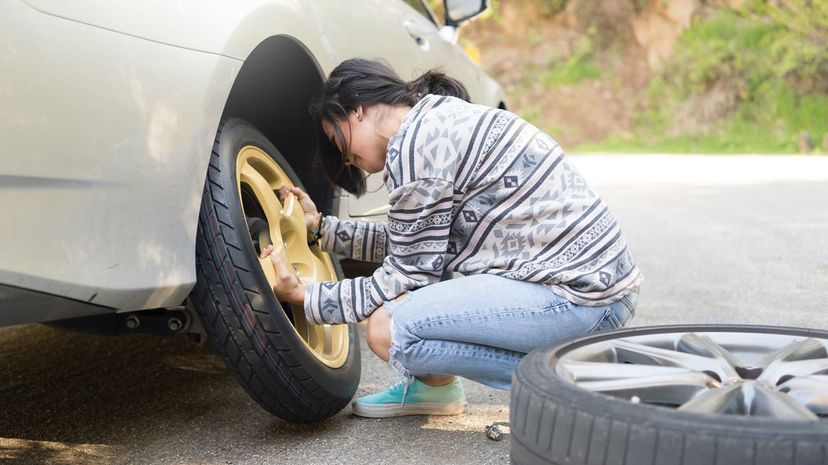
Only around 30% of new vehicles come with space savers, while about 8% come with full-size spares. Instead, 55% of new cars came with a tire repair kit. And let's not forget about cars which now come with run-flat tires.
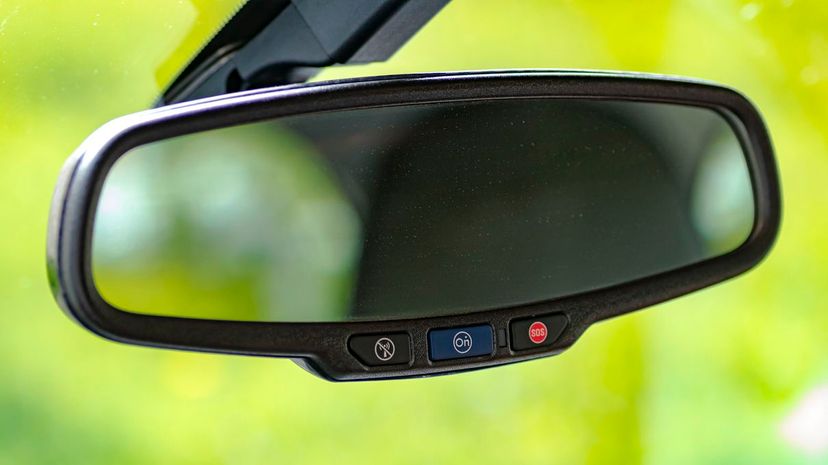
Many vehicles now come with rear-view cameras that display everything to the rear of your vehicle on its screen: essentially making rear-view mirrors obsolete. And some cars now have imitation rear-view mirrors in the cabin, which are actually small LCD screens.
Advertisement
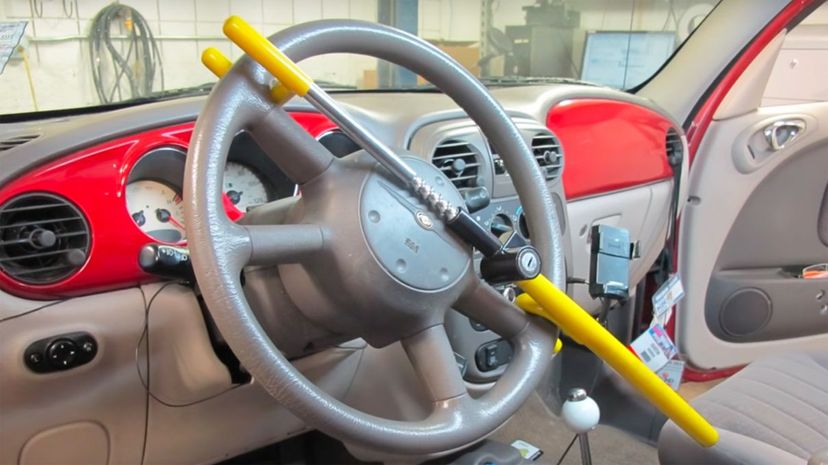
It was quite common to see a steering lock spread across a steering wheel in the not too distant past. But now, many cars have immobilizers, meaning fewer drivers use steering wheel locks. It is fair to note, however, that some car thieves have devices to bypass immobilizers leading some drivers to revert to wheel locks.
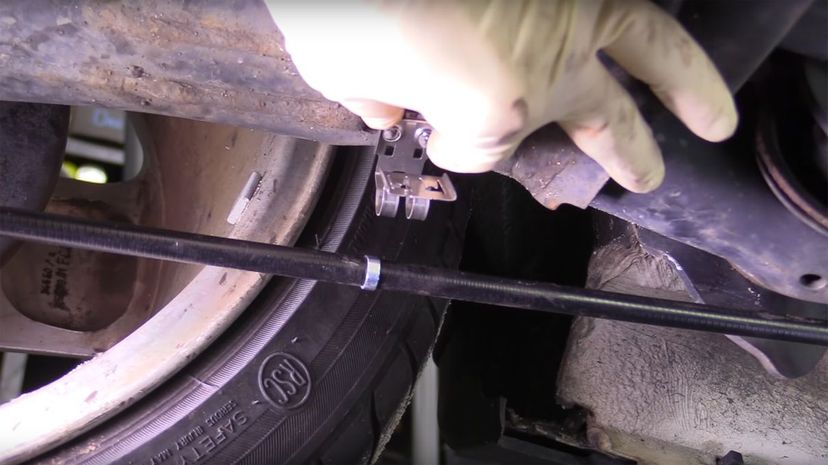
Long ago, automobiles' brake pedals were connected to their brakes via brake cables. Throughout the '20s and '30s, these began to be replaced with hydraulic lines, which offered more stopping power and required less force to be applied.
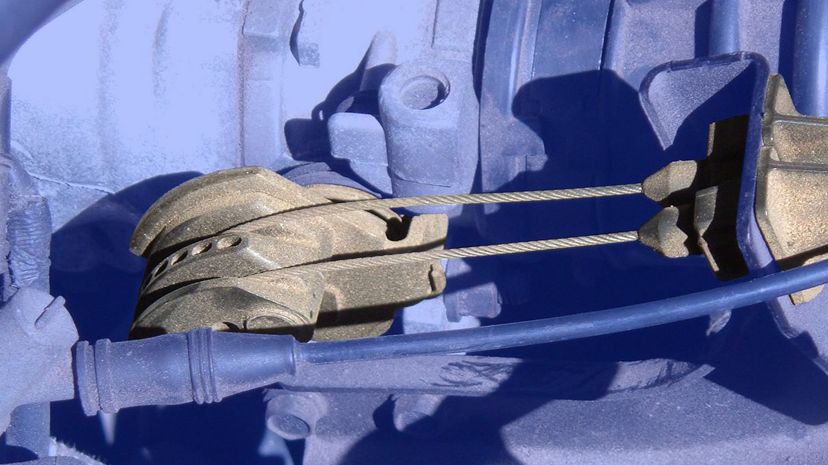
A throttle cable used to directly regulate the air/fuel flow into a car's cylinders. Now, however, this wire has been replaced by a "drive-by-wire," which sends information to the car's E.C.U.
Advertisement
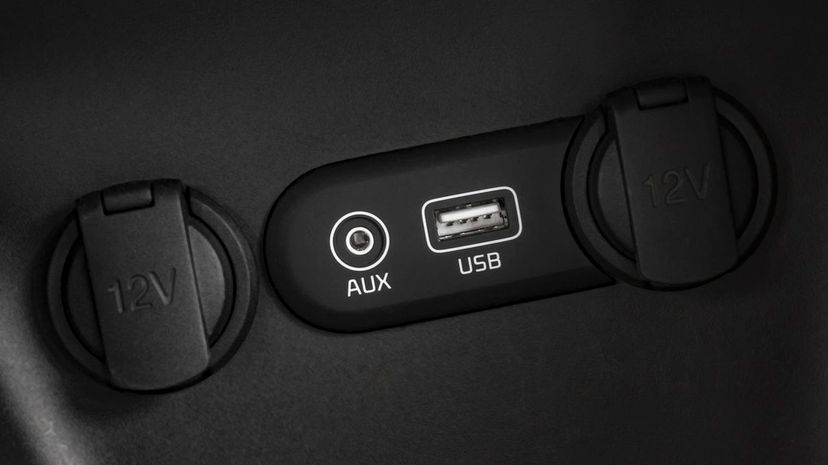
Aux inputs in cars were a godsend and meant anyone with an mp3 player or relatively new phone could be a road trip DJ. Now, however, most cars above the lower end of the spectrum have Bluetooth, which makes the aux input obsolete.
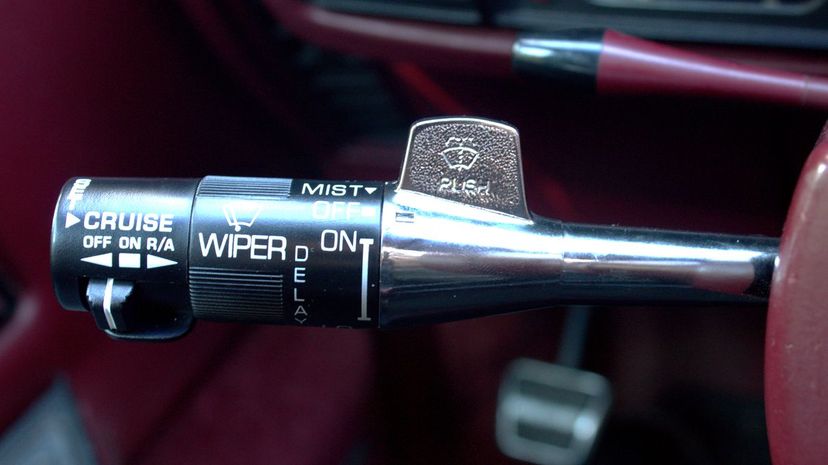
A sharp clicking was ever-present when indicating due to relatively loud turn signals. However, these are now being phased out in favor of visual flashing signals on the dashboard. So the clicking noise is now either very soft or gone entirely.
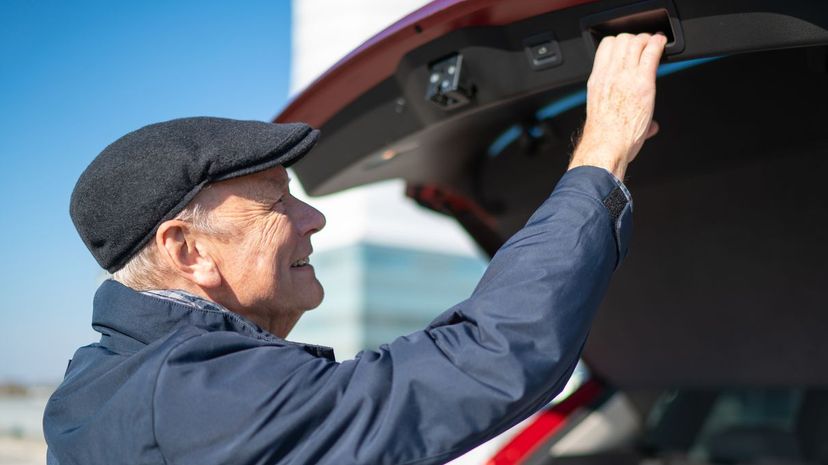
Trunk pull handles provided a clean area for you to grab and shut the trunk with. But many trunks are now fitted with buttons in place of the grab handles, which activate a motor that closes the trunk.
Advertisement
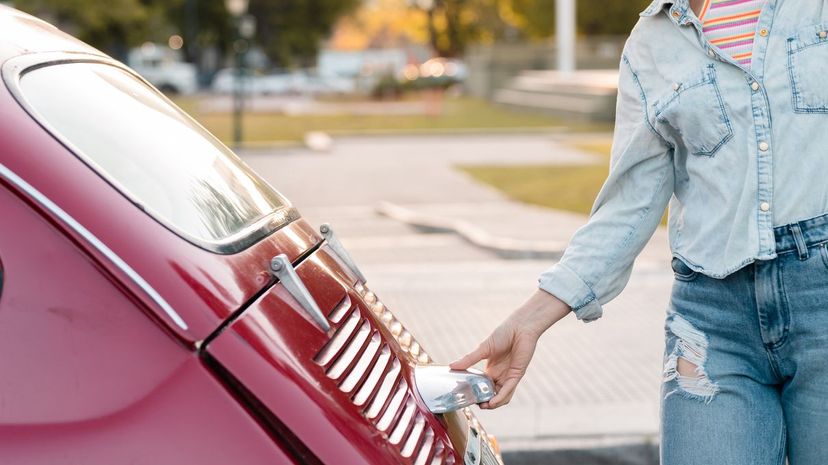
Many new vehicles don't have trunk release handles or buttons anymore. Instead, vehicles have sensors under the rear bumper, which sense movement and open the trunk: perfect for when your hands are full! There's also a trunk release button on most key fobs.
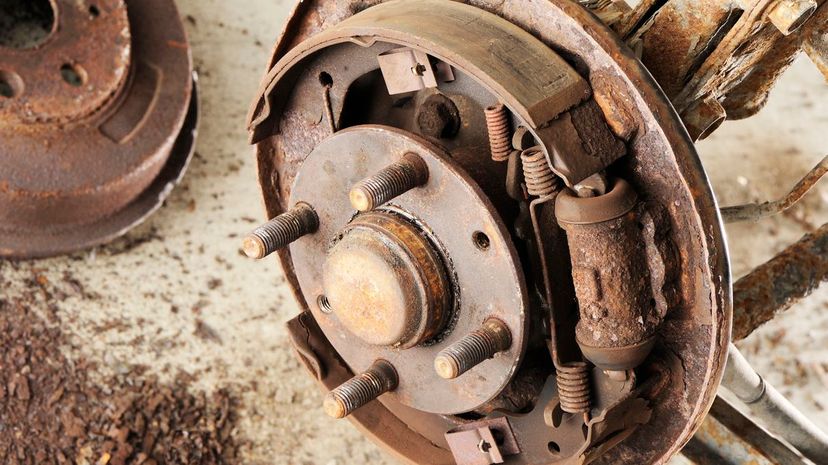
Once upon a time, it was common for cars to be fitted with four drum brakes. Now, however, if you do find them on a car, they'll almost certainly just be on the rear. Disc brakes have replaced drum brakes by and large, and rightly so as they offer better and more consistent stopping power.
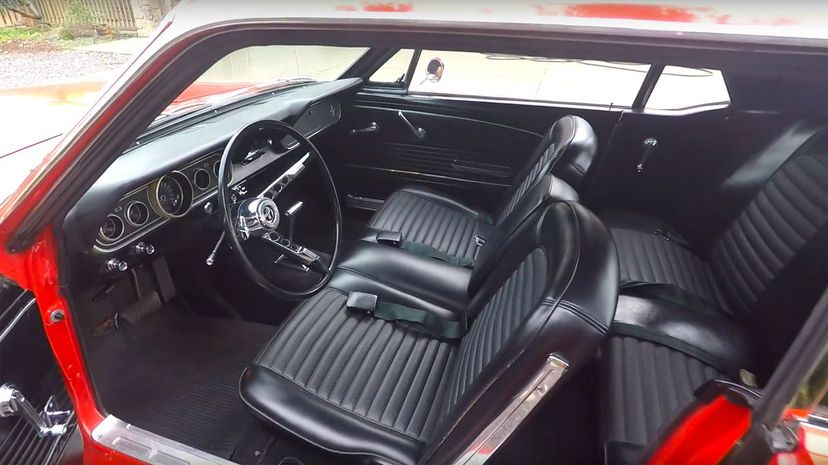
Bench seats were once commonplace in both the front and rear of cars. They were perfect for big families as cars were bigger and safety regulations around seat belts didn't exist. But, as cars got smaller, seat belts became mandatory and highway speeds got faster, there was no place for bench seats in production cars anymore.
Advertisement
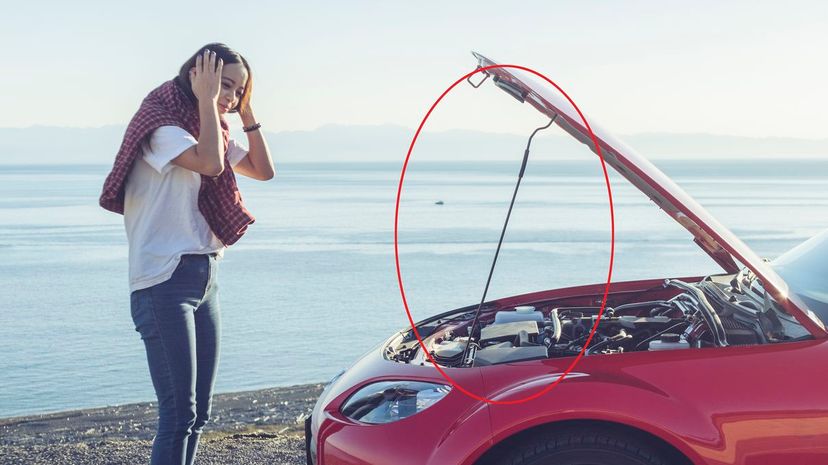
Hood prop bars were once commonplace on all vehicles but, on many new cars, you'll now find they've been replaced by gas struts. While some vehicles still have hood props because they're cheaper and lighter, you'll almost certainly find gas struts on new cars which are mid-range and above.

The first car to be fitted with automatic seat belts was the 1975 Volkswagen Golf. Automakers generally stopped fitting automatic seat belts when driver-side airbags became mandatory in 1995; this was for the best as automatic seat belts were found to offer less protection than fixed belts.
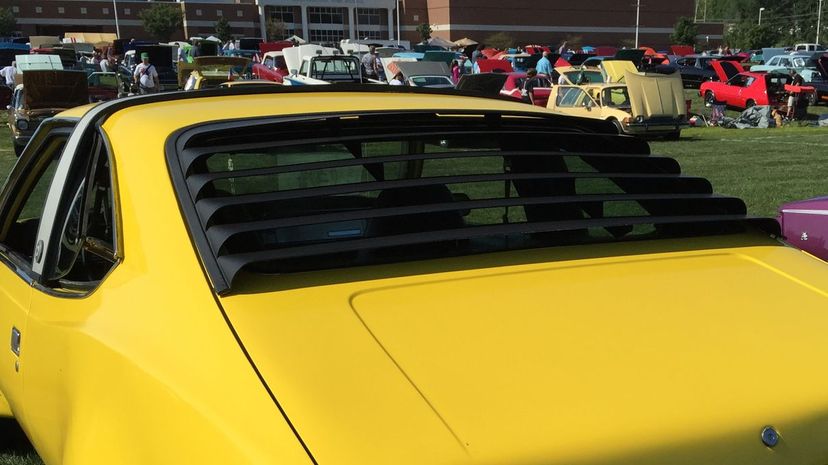
As rear windows became more and more horizontal on fastback muscle cars during the '60s and '70s, louvers became more popular. Louvers offered shade for passengers in the back seats and generally helped to keep the car cool. But, as the fastback body style went out of fashion, so did louvers.
Advertisement
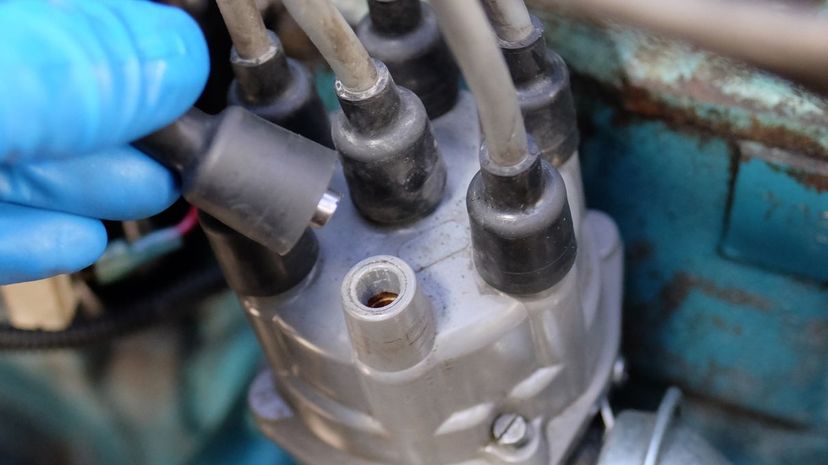
A distributor used to direct high voltage to the spark plugs in a certain order and for the correct amount of time. Now, however, the ignition is triggered by toothed timing wheels, which spin with the crankshaft.